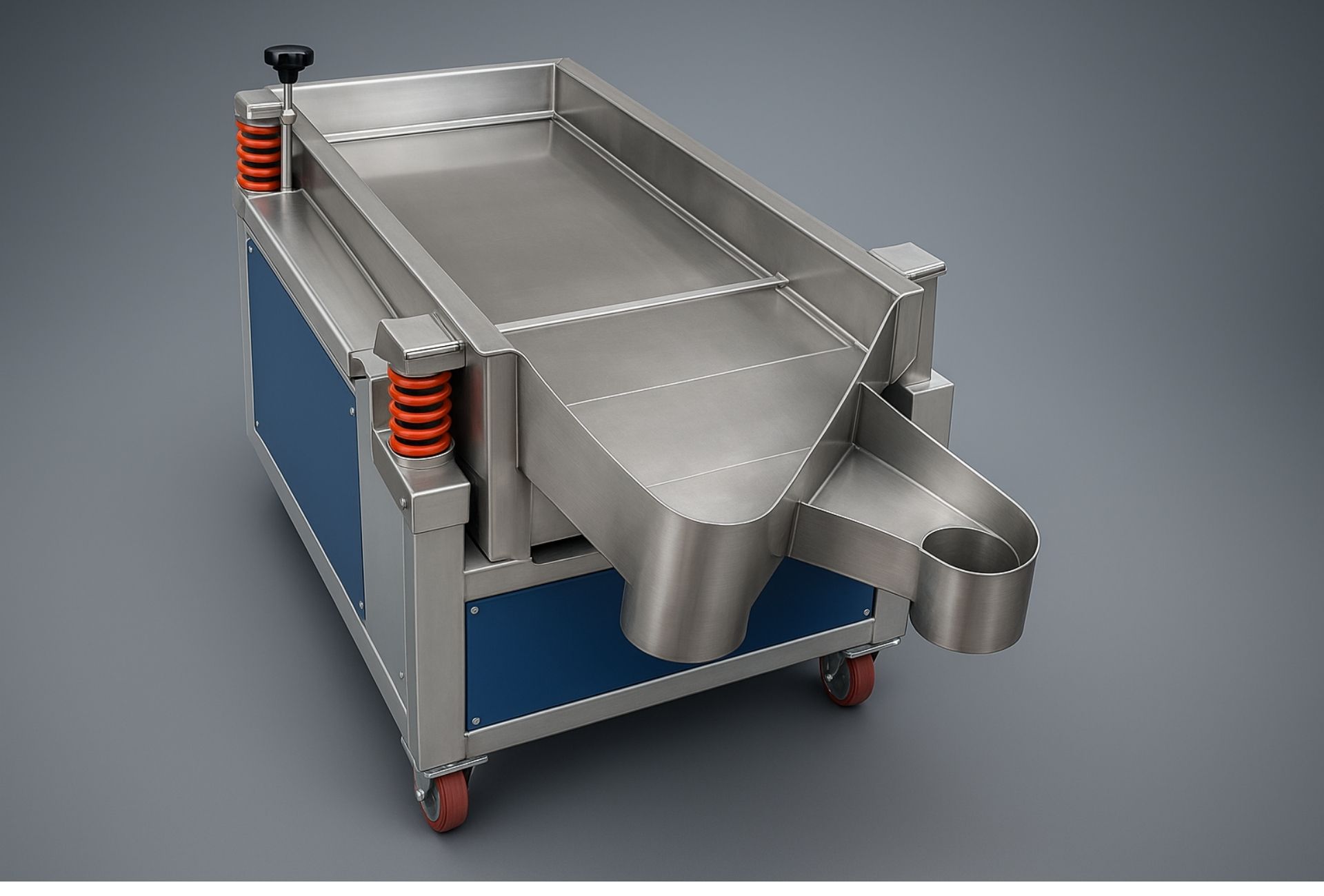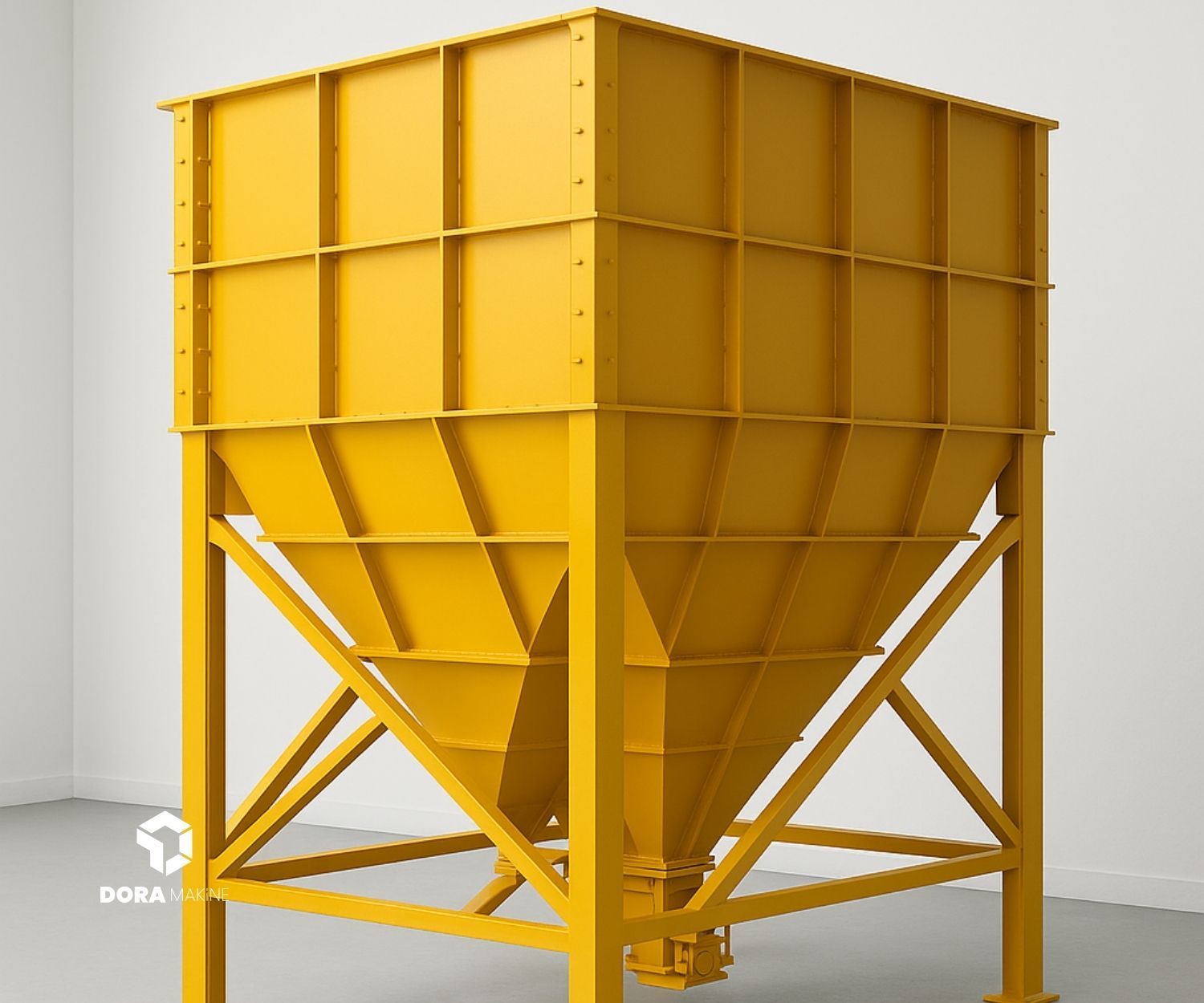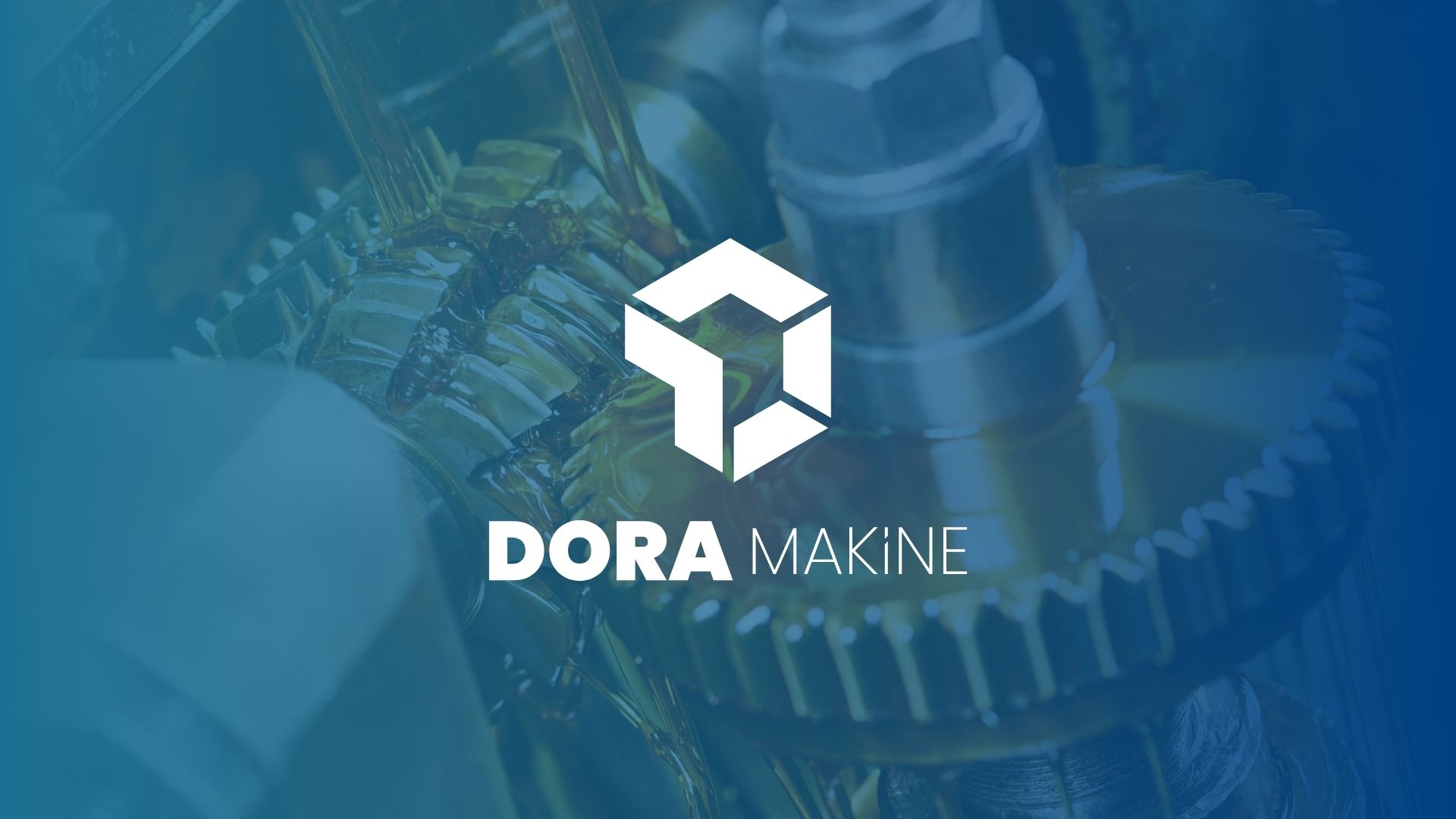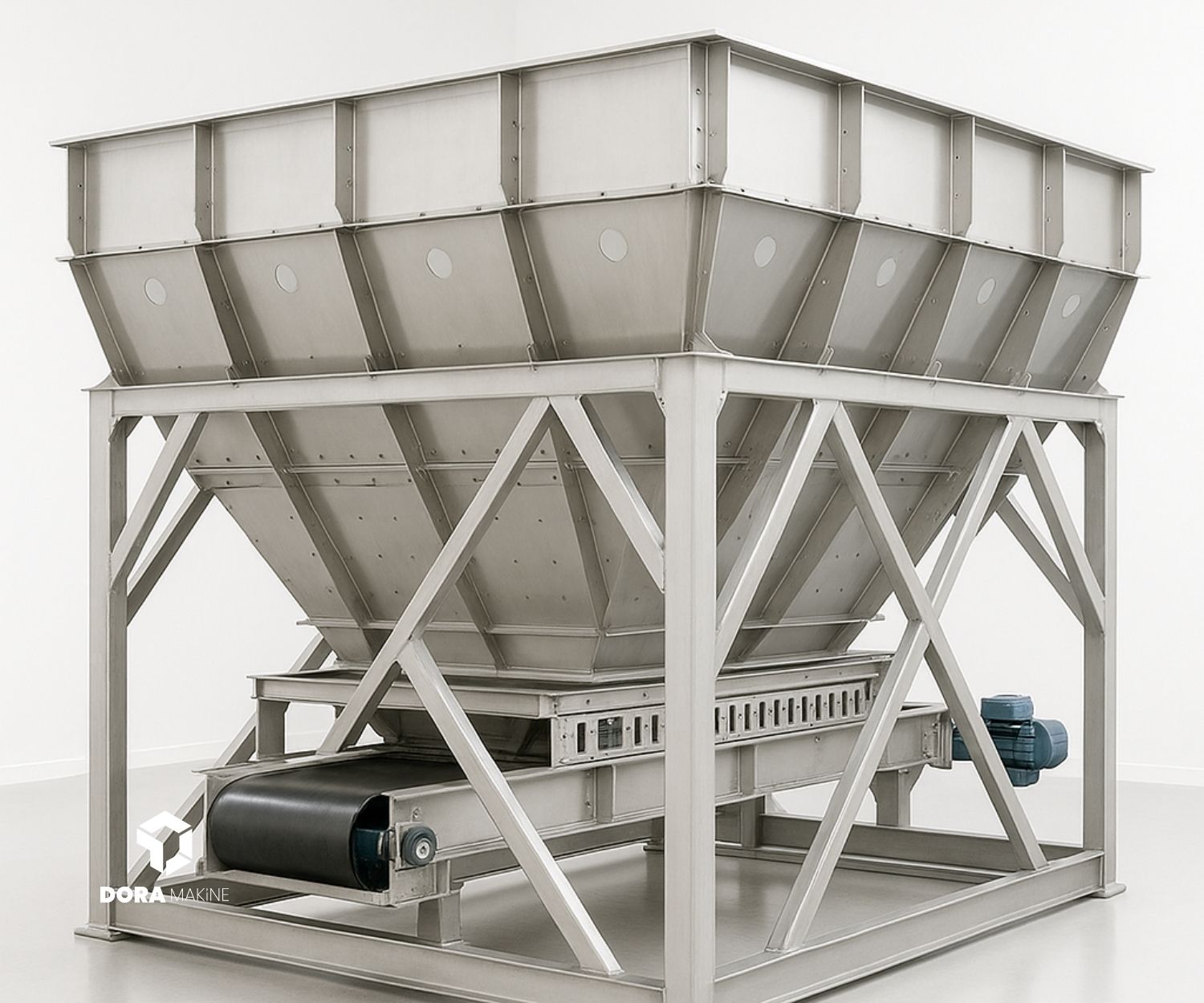
Quality and Durability in Vibrating Screen Manufacturing
Vibrating screens are among the most important tools used in industrial processes. The efficient operation of this equipment is critical to ensure the smooth functioning of the entire production process. Quality and durability are two fundamental factors that directly affect the performance of vibrating screens. So, how does a vibrating screen become durable and how does it meet quality standards? Here are the details that answer these questions.
High-quality vibrating screens not only increase the efficiency of the production process but also prevent performance loss during long-term use. Many factors come into play to ensure durability, from the types of materials used to the production processes. In this context, every step, from selecting materials in line with industry standards to careful production processes, guarantees that vibrating screens are long-lasting and high-performing.
Ensuring Compliance with Industry Standards and Guarantee of Longevity in Material Selection
Material selection is a factor that directly affects the durability of vibrating screens. Choosing materials that comply with industry standards not only improves the performance of the product but also reduces operating costs in the long run. So, what features do these materials have, and why are they so important?
Vibrating screens are typically made from materials such as steel, stainless steel, and high-strength alloys. Stainless steel, with its corrosion resistance, can withstand humid and abrasive environments for long periods. Moreover, these materials have high resistance to wear, which significantly enhances the performance of the screens.
In material selection, not only durability but also machinability should be considered. Every stage of the production process depends on the machinability of the material. Choosing materials that meet industrial requirements ensures the production of high-quality and long-lasting vibrating screens.
High Strength Performance with Precision Tolerance Control in Production Processes
Precision tolerance control in vibrating screen manufacturing is a critical factor that affects the overall performance of the product. This process guarantees the proper functioning and long-term durability of the screens. Tolerance control directly impacts the functionality, suitability, and efficiency of the screens. But what needs to be considered in this process?
During production, each part must meet specific tolerances. This ensures that the screens operate properly and remain resistant to wear. Even minor production errors can negatively affect the performance of the screens. For example, small imbalances in the screens may increase vibrations, which can lead to faster wear of the equipment.
Therefore, manufacturers must perform tolerance control with high precision and use meticulous measurement systems. Computer-aided design (CAD) and computer-aided manufacturing (CAM) software help carry out these processes more accurately and reliably.
Optimizing Corrosion Resistance with Surface Treatments and Protective Coatings
Surface treatments of vibrating screens are of great importance for enhancing corrosion resistance and ensuring the product’s longevity. Industrial environments are typically full of moisture, chemicals, and abrasive agents, which can quickly wear down equipment. Surface treatments and protective coatings are the main methods used to counteract these negative effects.
Coatings applied to the screen surfaces reduce the risk of rust and corrosion. Especially the application of protective metals such as chromium, nickel, and others significantly increases the durability of the metal surface. These coatings are preferred in vibrating screens designed for aggressive environments.
Additionally, surface treatments not only combat corrosion but also enhance the efficiency of the screens. Smooth surfaces facilitate material flow and increase production efficiency. As a result, the right surface treatments and coatings optimize the performance of vibrating screens to remain effective over the long term.
Quality Assurance Protocols and Sustainability-Oriented Life Cycle Testing
Quality assurance is one of the most important stages in any production process. In vibrating screen manufacturing, quality assurance not only ensures efficient operation of the product but also guarantees environmental and economic sustainability. Sustainability-oriented life cycle testing comes into play at this point.
Life cycle testing involves evaluations covering every stage of vibrating screens, from production to post-use. These tests analyze the environmental impacts of the product and predict its performance throughout its lifespan. In this way, manufacturers can identify potential issues that may arise during the product’s lifetime in advance.
Moreover, the meticulous implementation of quality assurance protocols increases customer satisfaction and strengthens the reliability of the products. By conducting quality checks at every stage, manufacturers ensure that only products complying with standards are brought to market.
The alignment of quality assurance protocols with industry standards and the execution of tests in line with sustainability principles guarantee that vibrating screens will withstand future needs and environmental factors.
In conclusion, vibrating screen manufacturing is not only a field that requires technical knowledge and meticulous production processes. It is also a complex process where environmental sustainability and quality assurance protocols play a significant role. All these factors ensure that vibrating screens are both efficient and long-lasting.



